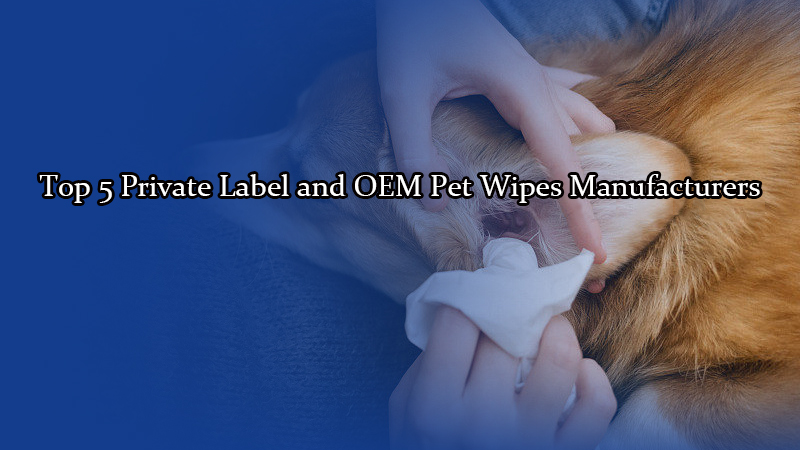أفضل 6 ملصقات خاصة وتصنيع مناديل OEM الرطبة في تايلاند
مارس 26 ، 20251. Overview of GD4 and IWSFG Standards
GD4 Standard (INDA/EDAN Flushable wipes have become increasingly popular, but their impact on plumbing and wastewater systems has raised concerns. To address these issues, different organizations have set standards to define what qualifies as "flushable." The two most recognized standards are GD4 (Guidelines for Flushability, Edition 4) و IWSFG (International Water Services Flushability Group) Standard.
This article explores the key differences between GD4 and IWSFG standards for flushable wipes, highlighting their testing methods, requirements, and impact on the environment.
A Guidelines for Flushability, Edition 4)
-
Developed by: INDA (Association of the Nonwoven Fabrics Industry) and EDANA (European Disposables and Nonwovens Association)
-
Purpose: To establish criteria for nonwoven wipes to be labeled as "flushable."
-
Testing Methods: Evaluates the disintegration and biodegradability of wipes under specific conditions.
-
Industry Perspective: More lenient towards manufacturers; allows more types of wipes to qualify as flushable.
-
Adoption Regions: Primarily followed in the U.S. and parts of Europe.
IWSFG Standard (International Water Services Flushability Group)
-
Developed by: A coalition of wastewater utilities worldwide.
-
Purpose: To create stricter guidelines to ensure only truly flushable products enter sewer systems.
-
Testing Methods: Simulates real-world wastewater conditions to determine flushability.
-
Environmental Perspective: More stringent, ensuring wipes break down rapidly and do not contribute to blockages.
-
Adoption Regions: Followed by wastewater authorities in Australia, Canada, and Europe.
2. Key Differences Between GD4 and IWSFG Standards
2.1 Disintegration Test
-
GD4: Requires wipes to disintegrate within 30 minutes in specific lab conditions.
-
IWSFG: Requires wipes to break apart within a few minutes under real-life sewer conditions, simulating high water flow and agitation.
2.2 Biodegradability Requirements
-
GD4: Wipes must show a level of biodegradability but are not required to fully degrade within a short period.
-
IWSFG: Requires wipes to degrade quickly in natural environments, ensuring minimal environmental impact.
2.3 Strength and Fiber Composition
-
GD4: Allows synthetic fibers and strong nonwoven materials as long as they pass testing.
-
IWSFG: Requires wipes to be made of 100% biodegradable fibers with weak bonding to ensure easy disintegration.
2.4 Impact on Wastewater Systems
-
GD4: Some wastewater authorities argue that GD4-certified wipes can still cause blockages.
-
IWSFG: Endorsed by wastewater treatment organizations to prevent fatbergs and sewer clogs.
2.5 Flushability Symbol and Consumer Awareness
-
GD4: Manufacturers following GD4 can label their wipes as "flushable."
-
IWSFG: Wipes must pass more rigorous tests to be labeled as "flushable" under IWSFG standards.
3. Pros and Cons of Each Standard
GD4 Standard
✅ Supports innovation in flushable wipe manufacturing. ✅ Accepted by many large wet wipe manufacturers. ✅ Encourages responsible flushing behavior with labeling. ❌ Not strict enough to prevent all plumbing issues. ❌ Some wastewater authorities claim GD4 wipes do not break down fast enough.
IWSFG Standard
✅ Ensures wipes fully break down in real-world sewer conditions. ✅ Strongly supported by wastewater and environmental organizations. ✅ Reduces risk of sewer blockages and fatbergs. ❌ Very strict criteria limit the number of products that qualify. ❌ Less widely adopted by manufacturers due to stringent testing requirements.
4. Which Standard Is Better for the Environment?
-
IWSFG is better for the environment because it ensures wipes are fully biodegradable and break down quickly, preventing pollution in water bodies and sewer blockages.
-
GD4 is more industry-friendly, allowing for product innovation but with the risk of contributing to plumbing issues if not disposed of correctly.
5. Conclusion: Which Standard Should Consumers Follow?
-
If you prioritize environmental safety and preventing plumbing issues, look for wipes that meet IWSFG standards.
-
If you prefer a wider variety of flushable wipes options, GD4-certified wipes may be more available but should still be used with caution.
-
Best practice: Even if a wipe is labeled as flushable, it is always safest to dispose of it in the trash rather than flushing.
By understanding the differences between GD4 and IWSFG standards, both consumers and manufacturers can make informed choices that benefit their homes, plumbing systems, and the environment.
Wet Wipes Categories:
نوع التعبئة:
لدي سؤال؟
إذا كانت لديك أي أسئلة، فلا تتردد في إرسال رسالة إلينا. نقوم بالرد خلال 8 ساعات !



